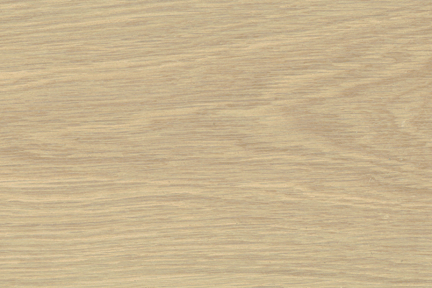
Wood Types

Ambrosia Maple
Maple is so hard and resistant to shocks that it is often used for bowling alley floors. Its diffuse evenly sized pores give the wood a fine texture and even grain. Maple that has a curly grain is often used for violin backs. Burls, leaf figure, and birds-eye figures found in maple are used extensively for veneers.

Ash
Ash is a hard, heavy, ring porous hardwood. It has a prominent grain that resembles oak, and a white to light brown color. Ash can be differentiated from hickory (pecan) which it also resembles, by white dots in the darker summerwood which can be seen with the naked eye. Ash burls have a twisted, interwoven figure.

Cherry
Cherry wood is known for its distinctive color. A moderately hard, strong, closed grain, light to red-brown wood, cherry resists warping and checking. It is easy to carve and polish.


Oak
Oak is a heavy, strong, light colored hardwood. It is ring porous, due to the fact that more and larger conductive vessels are laid down early in the summer, rather than later. Prominent rings and large pores give oak a course texture and prominent grain.
Cypress
Cypress lumber has pale yellow to white sapwood and heartwood ranging in color from light brown to reddish or dark brown. Cypress has a closed, straight grain and medium texture. Wood from cypress is relatively lightweight for its strength. This wood contains a high percentage of oil, which helps it survive wet weather and reduces decay.

Walnut
Walnut is strong, hard and durable, without being excessively heavy. It has excellent woodworking qualities, and takes finishes well. The wood is light to dark chocolate brown in color with a straight grain in the trunk. Walnut solids and veneers show a wide range of figures, including strips, burls, mottles, crotches, curls and butts.
Our Products use the wood species above. All wood is purchased in North Carolina and begins in rough, sawmill form and is transformed into the quality product you will receive. All wood sizes are approximate.
Wood Care
Just wipe off the wood with a warm, soapy rag when needed. You can just add a coat of “MINERAL OIL” to the wood that comes in contact with food once a month.
DO NOT USE VEGETABLE OIL!
